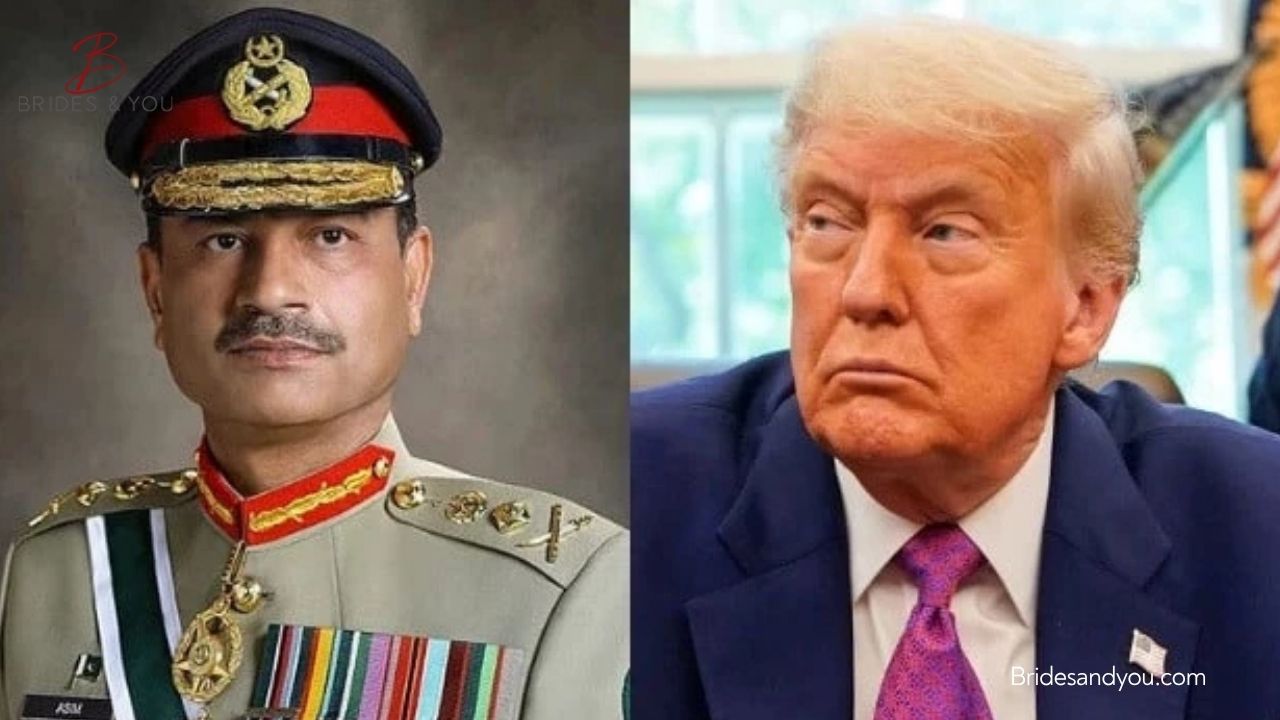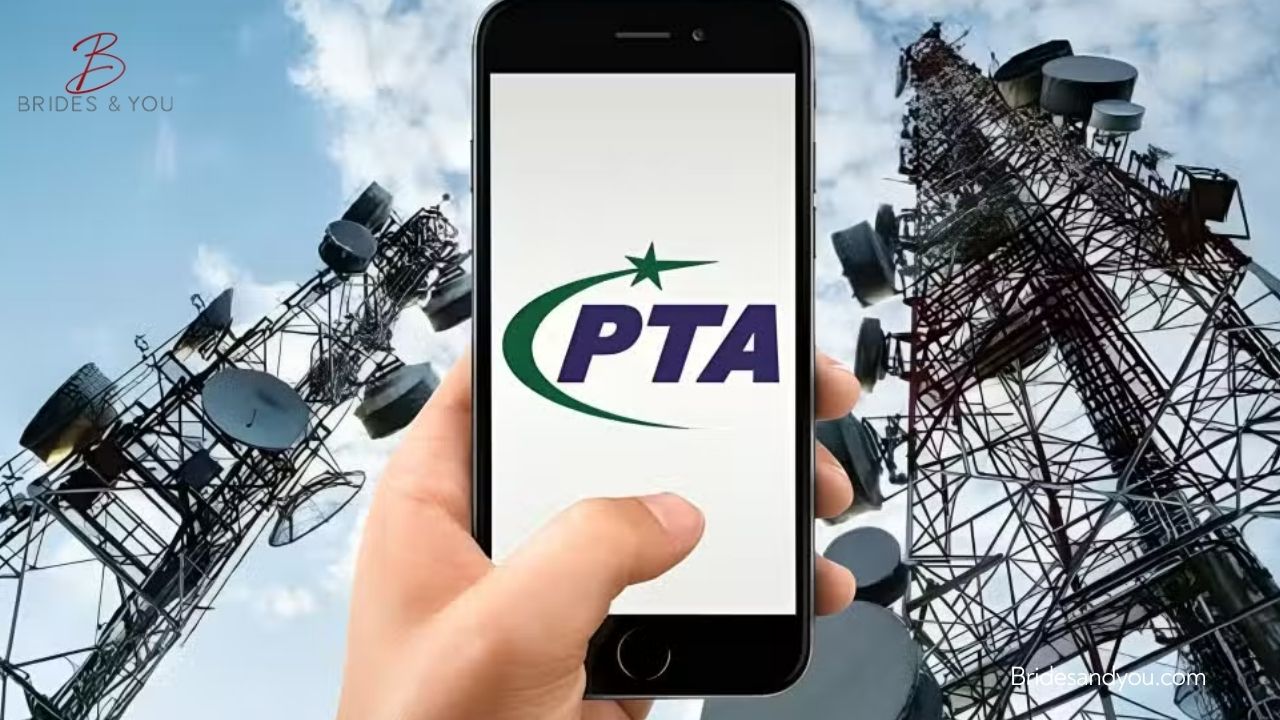Now Reading: Field Marshal Asim Munir’s White House Meeting with Trump – A Historic Shift in US-Pakistan Relations
-
01
Field Marshal Asim Munir’s White House Meeting with Trump – A Historic Shift in US-Pakistan Relations
Field Marshal Asim Munir’s White House Meeting with Trump – A Historic Shift in US-Pakistan Relations

In a landmark diplomatic development, Field Marshal Syed Asim Munir, Pakistan’s Chief of Army Staff, became the first serving military leader from the country to be officially hosted at the White House by a sitting US president. The meeting with Donald Trump, held over an extended working lunch, symbolized not only a rare moment of military diplomacy but also a potential turning point in the broader landscape of US-Pakistan relations.
A Milestone in Military Diplomacy
This was not just another political meet-and-greet. Field Marshal Munir’s visit carries historical weight — no serving Pakistani army chief, without holding a civilian or political position, had ever been accorded such a reception by the United States. Previously, military figures like Ayub Khan, Ziaul Haq, and Pervez Musharraf had met US leaders only after assuming political control. In contrast, Munir’s presence as a purely military figure under civilian leadership sets a precedent and signals a new form of engagement.
Trump made no attempt to downplay the significance. Speaking to reporters, he stated, “I was honoured to meet Field Marshal Munir. He was instrumental in preventing a nuclear conflict.” Referring to the recent de-escalation between India and Pakistan, Trump credited both Munir and Indian PM Narendra Modi for making the wise choice of peace over war.
The India-Pakistan Backdrop
Tensions between the two nuclear neighbors flared earlier in the year, with brief but alarming military exchanges along the border. According to Trump, he played a behind-the-scenes role in calming the situation. “I stopped a war,” he declared to the media. “Pakistan and India were on the brink. These two smart men—Munir and Modi—chose not to go forward with something that could’ve been catastrophic.”
Indian officials, however, downplayed the US role. During a call between Modi and Trump, Indian Foreign Secretary Vikram Misri emphasized that the ceasefire came through bilateral military channels, not external mediation. Still, Trump reiterated that his intervention, particularly in conversations with Munir, played a key role in halting the conflict.
Unconventional Diplomacy and Strategic Interests
Interestingly, sources revealed that Munir’s meeting was arranged through unconventional routes — not the standard diplomatic channels. A combination of business influencers, political advisers, and strategic lobbyists in Washington reportedly facilitated the lunch at the White House. This under-the-radar effort underscores the growing influence of non-traditional diplomacy in shaping international relations.
The meeting was not just about security and peace. Topics reportedly included counter-terrorism collaboration, critical mineral trade, cryptocurrency-linked diplomacy, and broader regional stability, including discussions related to Iran and Israel.
According to South Asia expert Michael Kugelman, “This wasn’t just about the Iran-Israel conflict. There’s a wide spectrum of issues — crypto, critical minerals, Kashmir. And Munir is authorized to address them all.”
Global Recognition for Peace Efforts
In a surprising twist, Trump’s team even hinted at nominating the former president for a Nobel Peace Prize — largely due to his efforts in preventing a potential South Asian war. While this statement stirred political debate, it highlighted the weight Trump places on his diplomatic role, and how highly he values his engagement with Pakistan.
The Road Ahead for US-Pakistan Relations
Former Foreign Minister Bilawal Bhutto-Zardari welcomed the engagement, terming it a “positive development” and praising the timing and symbolic value of the meeting. It’s a sign that Pakistan’s military diplomacy is finding new channels to engage the US on key global issues, and may signal a broader realignment of regional alliances.
As Pakistan navigates a rapidly evolving geopolitical landscape, the Field Marshal Asim Munir White House Meeting may well be remembered as the beginning of a new diplomatic chapter — one that extends beyond military cooperation to include technology, economy, and strategic influence.












